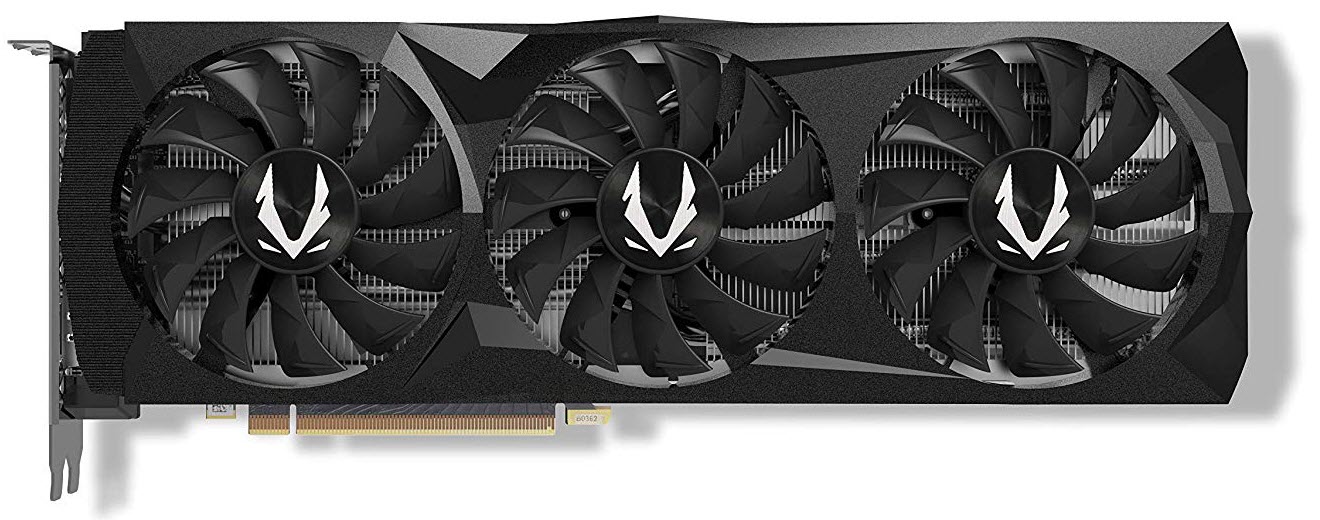Ray Tracing On Nvidia’s Pascal Architecture, Benchmarked
Conclusion
When Nvidia announced its plan to expose Microsoft DXR support on Pascal-based cards, we all knew that amazing performance wouldn’t be the headline. Rather, this was about tapping into the API’s fallback layer to show gamers with previous-gen hardware what ray tracing looks like. After all, seeing is believing. And if the visual impact of ray-traced reflections, shadows, and global illumination in action could tell a better story than static screenshots, then the driver development effort would be worthwhile.
This time around, the company did a fairly good job of managing expectations. It stepped through the various implementations in today’s games/tech demos, explaining how the workloads (and their demands) vary. Ray tracing isn’t an on or off technology. It can be applied to different elements in a scene, resulting in a sliding scale of performance. At some point in the future, graphics hardware will be fast enough to employ ray tracing throughout game engines. But of course, what we have now is a hybrid approach.
Thankfully, Nvidia conveyed all of this information much more frankly than it did in the past. We wish it had been as clear and thorough about the technology during its Turing architecture launch last year in Cologne, Germany.
Nvidia says that its latest Game Ready driver allows tens of million of GeForce GTX owners to test drive real-time ray tracing in games that support DXR. And while that’s true, you have to realize that even best-case performance (Titan Xp) in the least-intensive workload we tested (Battlefield V) is cut in half on Pascal-based cards. The story is similar in Shadow of the Tomb Raider. In Metro Exodus, Titan Xp holds onto just 40 percent of its performance with ray-traced global illumination active compared to our baseline results.
In Metro, we tested with the lowest ray tracing setting available. Our SotTR benchmark used the game’s High preset, which applied the most noticeable ray tracing effects without jumping all the way to Ultra. We couldn’t go any more conservative without losing the point of ray tracing altogether.
The bottom line is that real-time ray tracing is a tremendously expensive operation, even on GPUs with fixed-function RT cores dedicated to its acceleration. Leveraging DXR’s fallback layer to perform those calculations on the CUDA cores hits frame rates significantly harder. But the result isn’t the slide show we might have expected. In fact, in a game like Battlefield V, enthusiasts with high-end Pascal-based cards can enjoy playable performance using the High and Ultra quality presets. The more taxing ray tracing techniques used in SotTR and Metro Exodus certainly add beauty to those titles. Just don’t expect smooth frame rates unless you own one of the faster GeForce RTX models. Cynical though it might be, we have to imagine that’s the exact idea Nvidia is encouraging here.
MORE: Best Graphics Cards
Get Tom's Hardware's best news and in-depth reviews, straight to your inbox.
MORE: Desktop GPU Performance Hierarchy Table
MORE: Here's How Battlefield V Performs with Ray Tracing
-
Jsimenhoff This is a great article Chris. Looks like Ray Tracing is a bit to much to process for my Nvidia 1080 GTX!Reply -
Druidsmark ReplyAnimeMania said:Does this only pertain to Windows 10 or will this also work on Windows 7.
Raytracing as a far as I understand it requires DirectX 12 which requires Windows 10. As far as I know only Blizzard's game World of Warcraft supports DirectX 12 on Windows 7. -
cryoburner It will be interesting to see how well AMD's existing cards handle DXR Raytracing. It seems like their better compute performance could potentially give them an advantage over similarly-positioned Pascal cards. That still might not be enough for playable performance though.Reply -
DotNetMaster777 Chris very nice article and very good performance graph for frames per second!Reply -
bit_user Reply
Excellent analysis. I really appreciate the amount of effort that must've gone into this!cangelini said:Ray Tracing On Nvidia’s Pascal Architecture, Benchmarked : Read more



